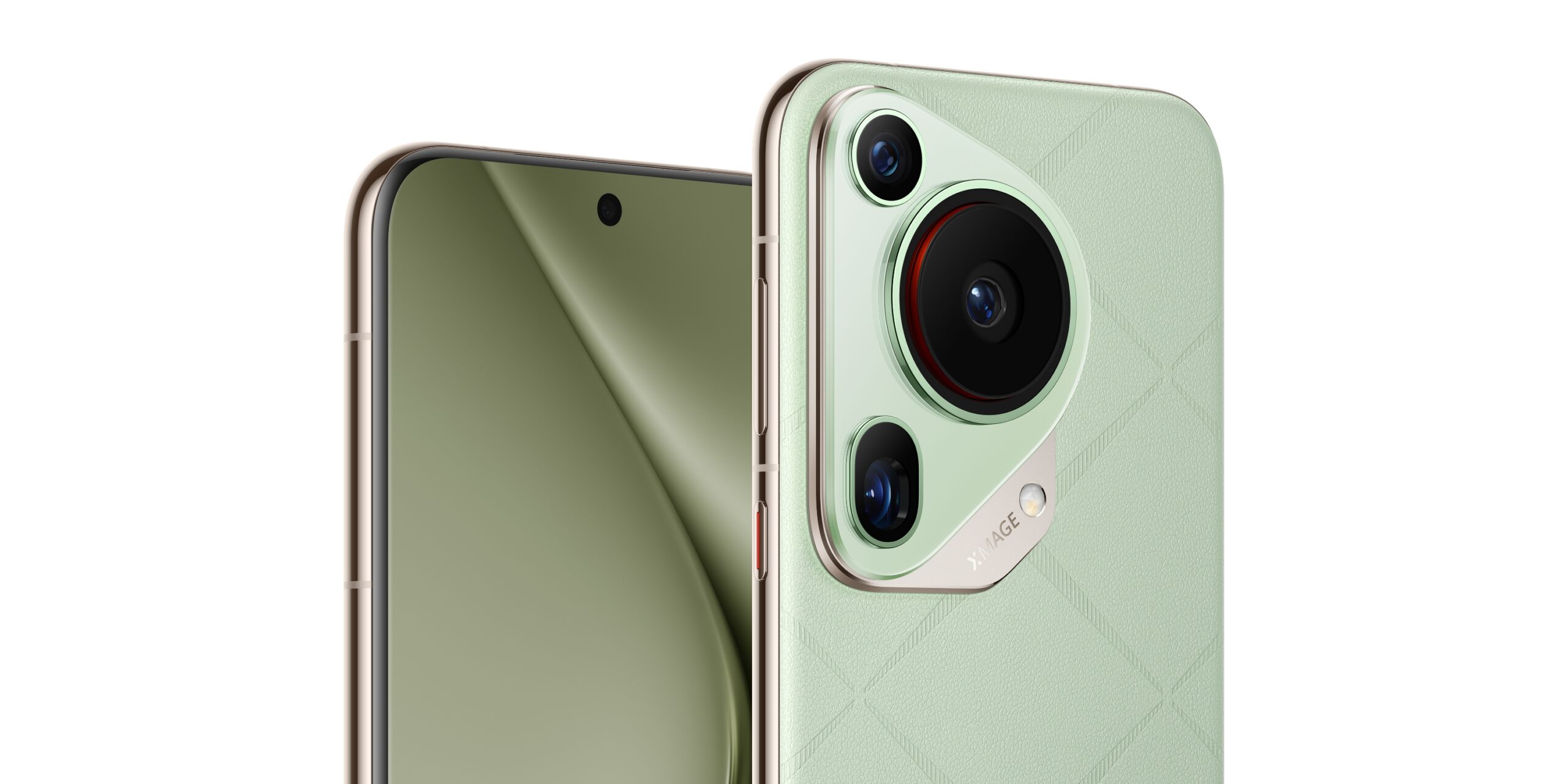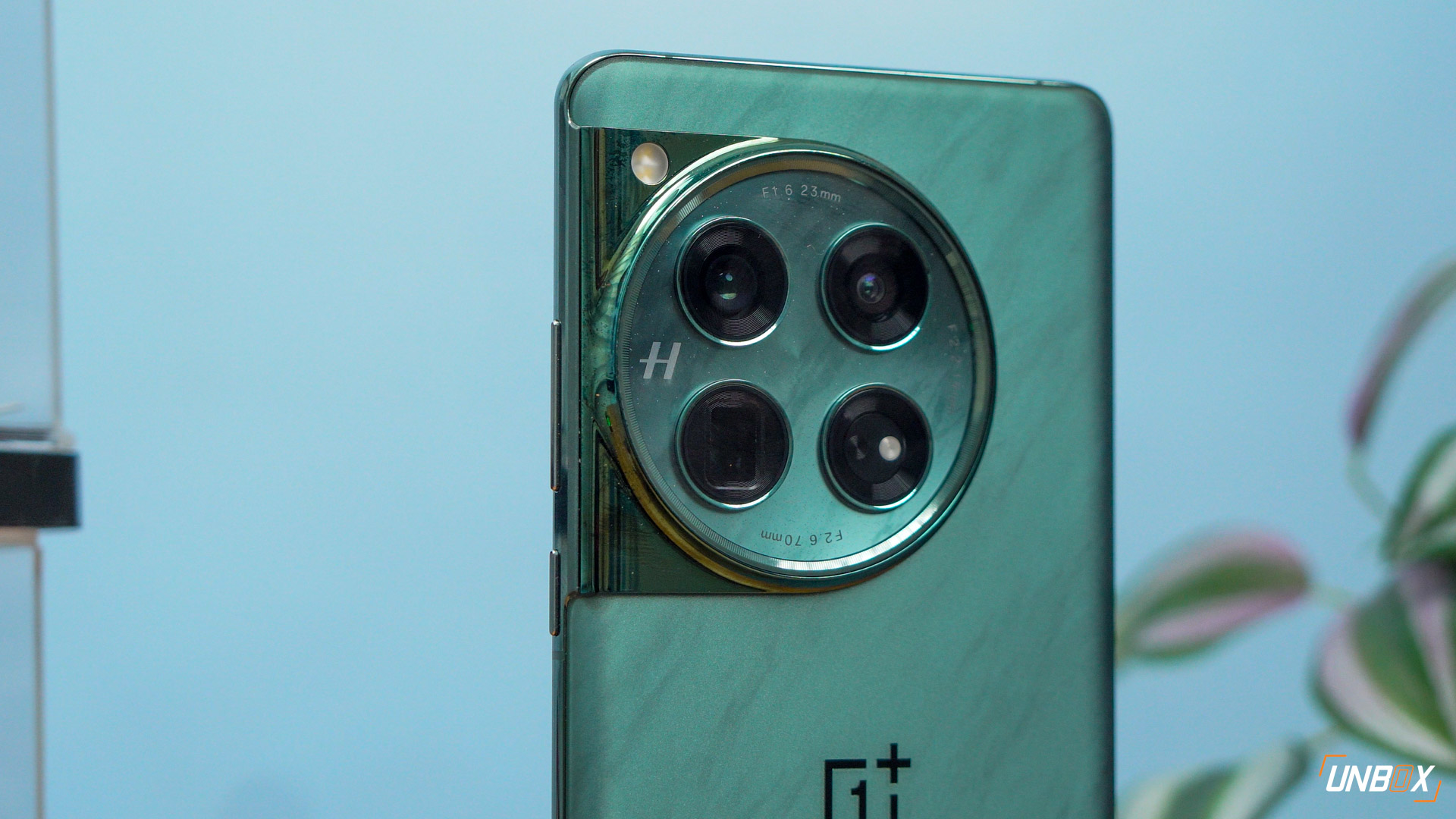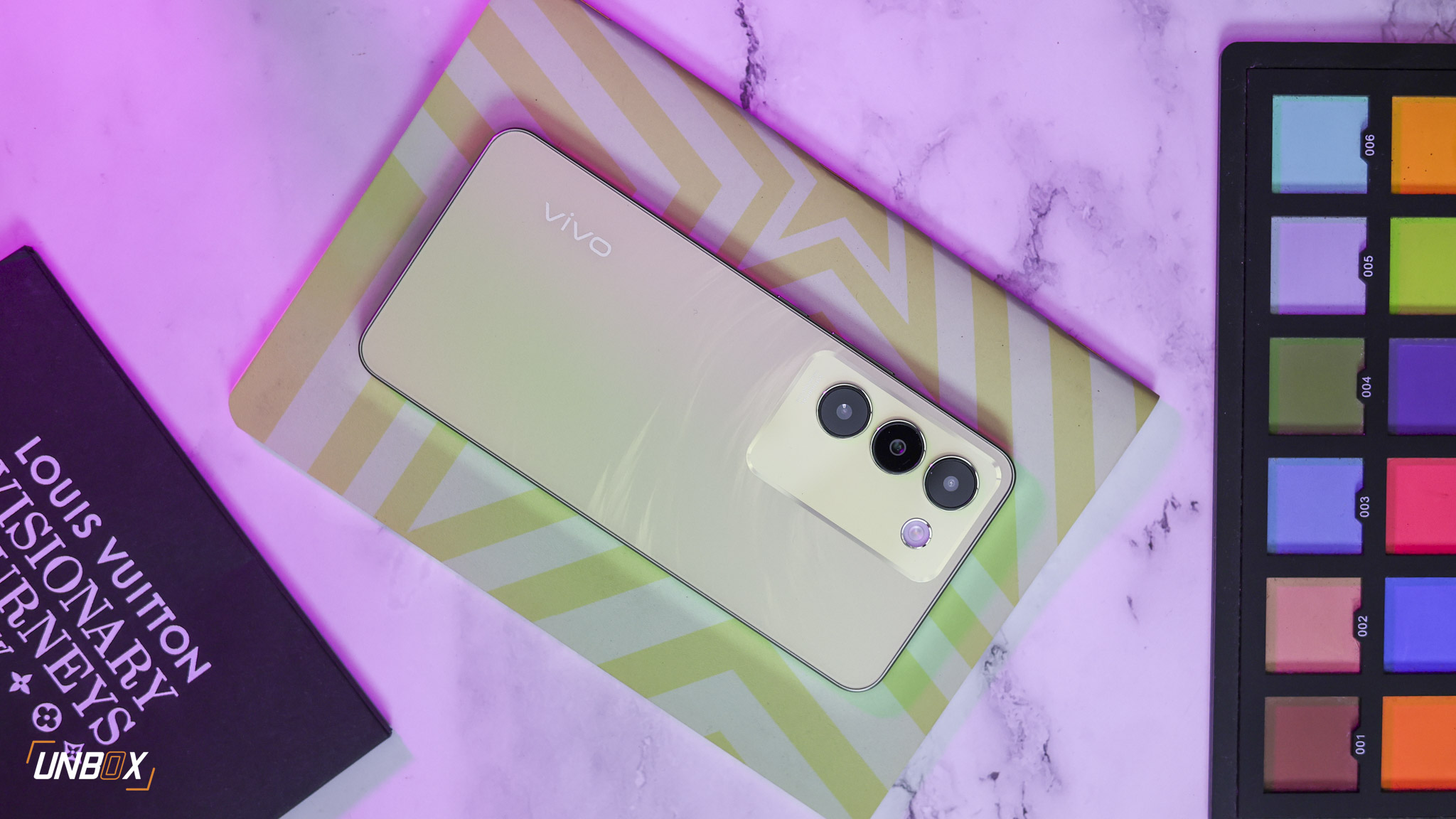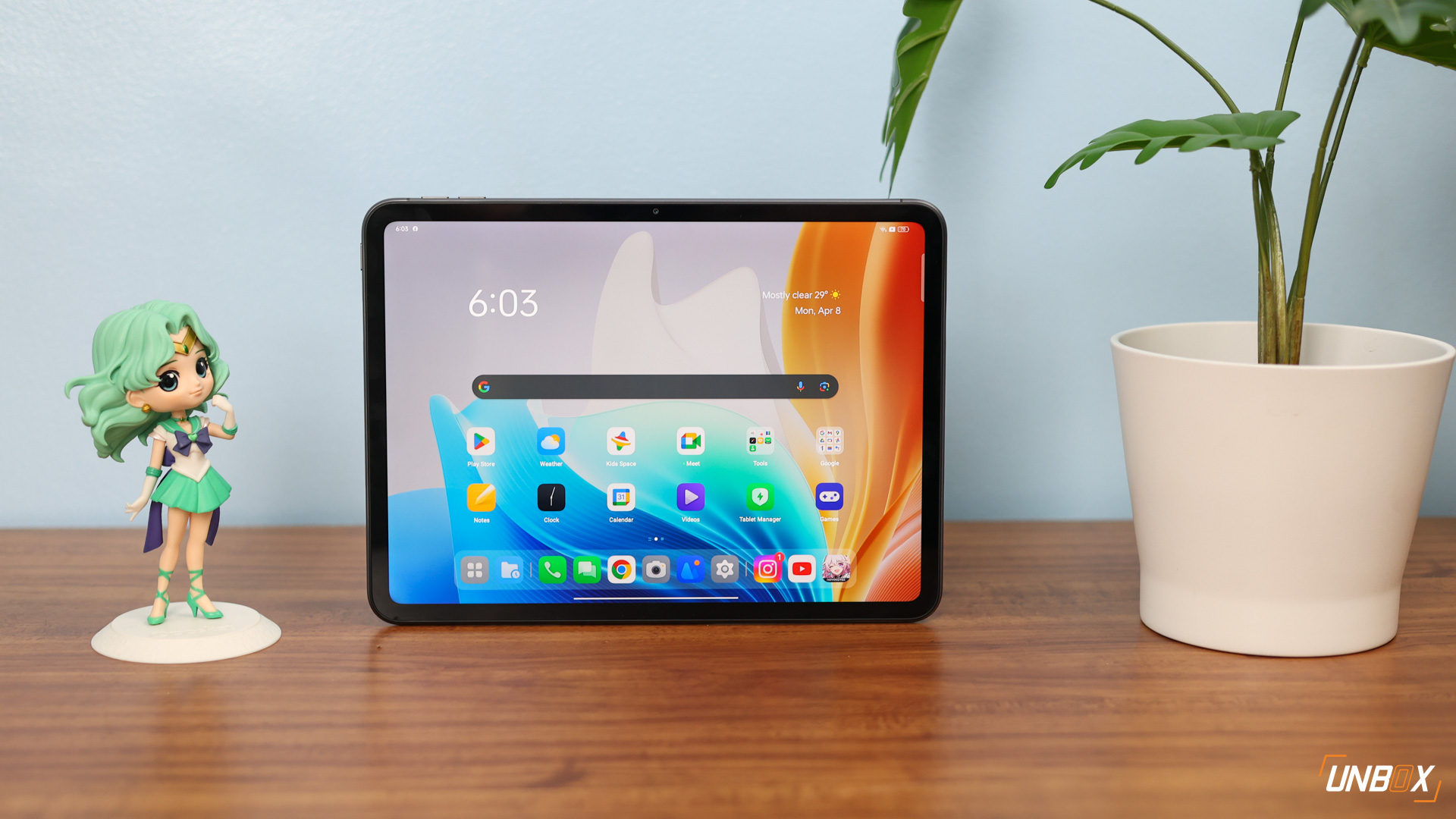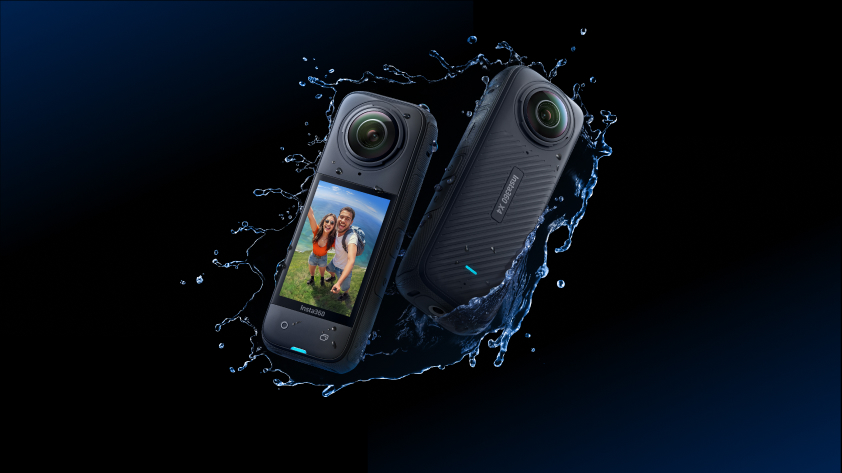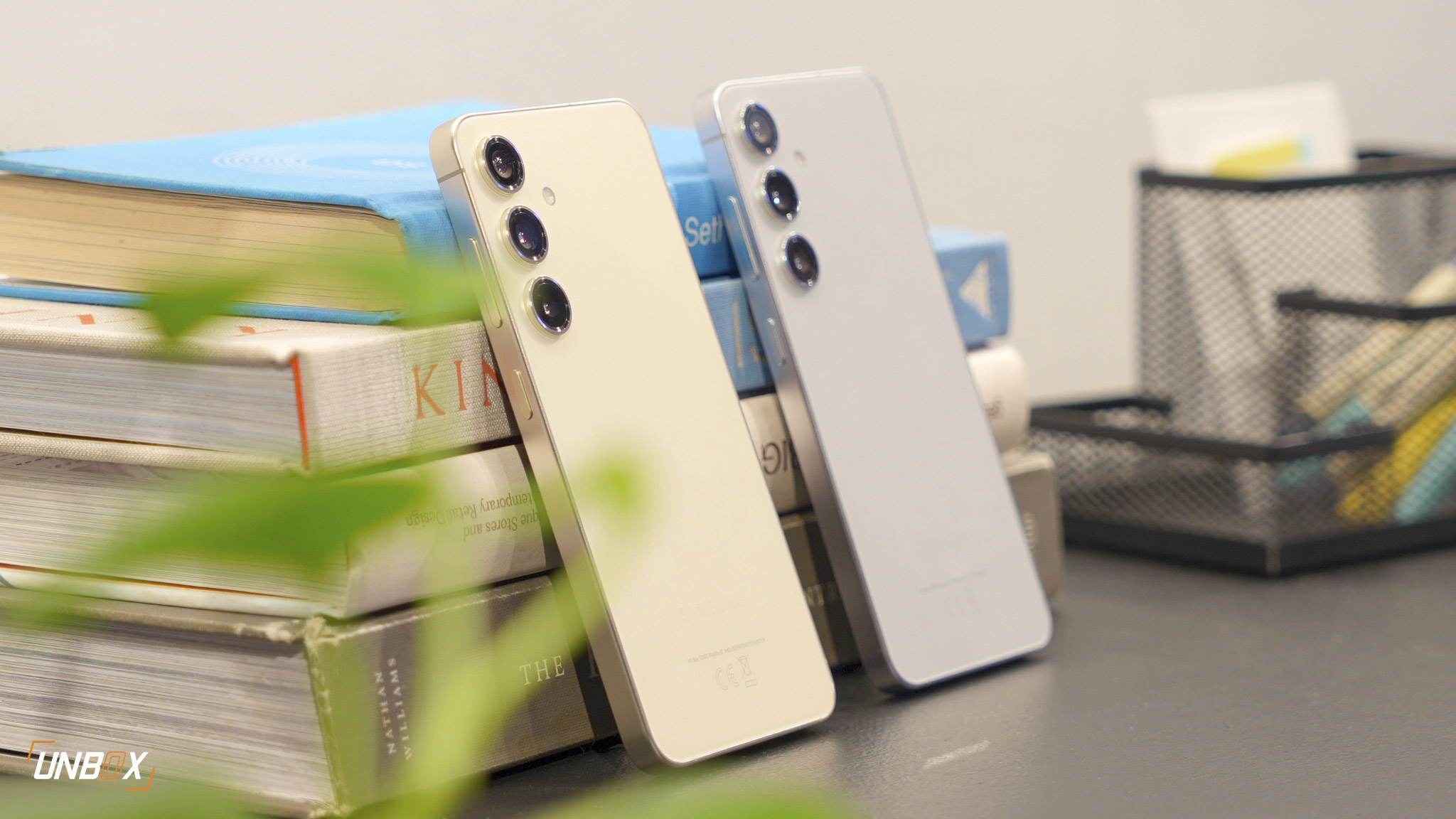Big battery and great cameras make an epic combo
When ASUS launched the ZenFone 3 Max last year, we were impressed with how it offers a great battery life at a tempting price. Fast forward to a year later, ASUS launched an update with the ZenFone 4 Max series. While the changes are minor (both models share the same internals), what’s worth noting is that the ZenFone 4 Max has a bigger battery at 5000mAh (compared to 4100mAh on the Zenfone 3 Max). Yet, the ZenFone 4 Max is just a millimeter thicker than the ZenFone 3 Max.
We previously reviewed the ZenFone 4 Max, and we said that it is one of the best buys in the market. This time around, we got our hands on the ZenFone 4 Max Pro thanks to our friends at Widget City. The key difference of the Pro model is its upgraded cameras: You get dual 16-megapixel rear cameras and a selfie-centric 16-megapixel front camera on the ZenFone 4 Max Pro.
Is the Pro version as good as its non-Pro sibling? Let’s check it out!
Asus Zenfone 4 Max Pro Spec Sheet
- Qualcomm Snapdragon 430 processor
- 3GB of RAM
- 5. 5-inch HD IPS display, 1280 x 720 resolution
- 32GB of expandable storage (up to 256GB)
- 16-megapixel f/2.0 and 16-megapixel f/2.2 rear cameras with PDAF, EIS, flash
- 16-megapixel, f/2.0 front camera with LED flash
- 4G, LTE
- Dual SIM
- WiFi, Bluetooth
- GPS, A-GPS, GLONASS, Fingerprint Scanner
- 5,000mAh battery
- Android 7.0 Nougat with ZenUI
Design: Clean and simple, but heavy

Comparing it with other smartphones, the ZenFone 4 Max Pro is noticeably heavier than most smartphones out there. But if you were to ask us, it is not really a big deal. In fact, we’re surprised that ASUS managed to squeeze in a 5000mAh battery inside a phone that is 8.9mm thick.

As for its overall design, ASUS went for a more conservative route here, relocating the fingerprint scanner back to the front, together with the three capacitive buttons. The design tweak may give mixed reactions, but what’s important is that it is fast and accurate: We were able to unlock the ZenFone 4 Max Pro in less than a second, and we did not encounter any misreading from our fingerprints either.

For the rear, you have an aluminum back, with plastic bits on the phone’s top and bottom. The ZenFone 4 Max Pro’s matte blue color is pleasing to the eyes, which we find just as refreshing and professional as the usual black used by most smartphones. You have your dual 16-megapixel rear cameras on the upper left corner, along with an LED flash beside it.
You have your power and volume control buttons on the right side, while you have your SIM card tray on the left side. As for the SIM card tray, you can put two MicroSIMs and a MicroSD card at the same time. The headphone jack is found on top of the phone, along with a microphone. At the bottom, you have your loudspeaker, a MicroUSB port, and another microphone.
Bright and vibrant HD Display

The ZenFone 4 Max Pro downgraded its 5.5-inch display to an HD panel, compared to the Full HD panel (with the same size) found on the ZenFone 3 Max. While some may find this disappointing, the ZenFone 4 Max Pro’s panel happens to be a good one. Colors are vibrant, and blacks are deep. Watching YouTube videos on this phone is a pleasure. One thing though: Like most phones covered in Gorilla Glass (in this case a 2.5D curved glass), the ZenFone 4 Max Pro is a smudge magnet, so better have a cleaning cloth on hand in case you get annoyed by fingerprint marks.
Enough power for the average user

With 3GB of RAM and a decently powerful Snapdragon 430 processor, the ZenFone 4 Max Pro can suit the average smartphone user. Running AnTuTu gave us a score of 44084—a decent score for a midrange device. This translates to a good performance with multitasking: We only experienced minimal lags as we use Facebook and Instagram in between checking our emails, browsing the internet, and listening to music.
This translates to the ZenFone 4 Max Pro’s gaming performance as well. As recorded through GameBench, it managed to run Asphalt 8 at high setting with a median FPS of 29, along with an FPS Stability of 99.40%. Compared to other processors, the ZenFone 4 Max Pro only used 83MB of memory while having a 10.24% CPU usage in running Asphalt 8. Such results are further proof to the Snapdragon 430’s power efficiency, even if it is manufactured using a 28nm process.

On a more detailed graph, it is clear that the Snapdragon 430 processor is good enough to power the ZenFone 4 Max Pro through games, even at the best graphics setting.

Simplified software with just the essentials
ASUS was proud to announce that they simplified ZenUI by removing a lot of unnecessary apps, which is a good thing. A nice addition to the revamped ZenUI is that it comes with Facebook, Facebook Messenger, and Instagram pre-installed, saving you time to install these apps from the Play Store.
Some welcome add-ons that come with ZenUI are Game Genie, Beauty Live, and PowerMaster. PowerMaster is the most useful of the three, as it helps you get the most out of the ZenFone 4 Max Pro’s massive battery. Aside from battery modes and battery saving option, you get a 2x Lifespan option.
What this option basically does is it reduces the ZenFone 4 Max Pro’s battery capacity to increase the battery lifespan. You might be wondering why one has to decrease the capacity, and the explanation is simple: studies show that it’s better to not fully charge your battery, or leave your phone plugged for several hours. “In fact, it is better not to fully charge because a high voltage stresses the battery,” an article in Battery University explains.

One turn off with ZenUI, however, is its lack of a dedicated music player. While there is Google Play Music to substitute as a music player for the phone, having a dedicated music player app makes listening to music a breeze.
Battery Life: Truly a leader

Without any argument, the ZenFone 4 Max Pro is a beast when it comes to battery life. After we tested the phone with PCMark, it got a whopping score of 15 hours and 31 minutes—a figure that is unheard of in smartphones we reviewed lately, save for its non-Pro sibling (which failed to complete a PCMark test). On real-life tests, the ZenFone 4 Max Pro managed to last with us for at least two days of heavy gaming and social media use, and still have some juice left to keep the phone running for a few hours (or more, if we activated its super power saver option).
So if you are the kind that is always on the go, and has limited access to an outlet (or a power bank in some cases), the ZenFone 4 Max Pro definitely has you covered. Do note that the ZenFone 4 Max Pro does not come with fast charging (just like its non-Pro sibling), so be prepared to wait for a while to juice it up to full capacity.
Camera: Good gimmicks, but needs a few improvements

Differentiating the ZenPro 4 Max Pro from its non-Pro sibling are the cameras: With the Max Pro, you get two 16-megapixel rear cameras. If you would ask us, there’s a noticeable difference with the Pro’s cameras: Details are sharper on the Max Pro’s cameras, and it handles highlights better compared to its non-Pro sibling.





The wide-angle lens gives a fish-eye like effect, just like its non-Pro sibling, but we find it more of a gimmick, as you can only take wide-angle shots at Full HD resolution and not at the full 16-megapixel resolution. So use this feature only if you really need to go really wide.


The same can be said with its front camera: Armed with 16-megapixels and a f/2.0 aperture, getting great selfies with the ZenFone 4 Max Pro is easy. Without using ASUS’ Beauty Live feature, we were impressed at the quality of photos taken by the ZenFone 4 Max Pro’s selfie camera.
Extras and ecosystem: It doubles as a power bank!

To make the most out of its 5000mAh battery, you can use the ZenFone 4 Max Pro as a power bank via the included USB OTG adapter. In times when your other phone is running out of fuel, you can just grab the ZenFone 4 Max Pro and plug the two together. Select “reverse charging” and let the ZenFone 4 Max pro take care of charging your other phone.
Verdict: Big batteries with better cameras

Just like its non-Pro sibling, the ZenFone 4 Max Pro is a great big-batteried phone. In the Max Pro’s case, it cements itself further as a bang-for-the-buck smartphone for having upgraded cameras. While we are wondering why ASUS chose not to bring the Pro variant to the Philippines, we do think the ZenFone 4 Max Pro has a market in our country.
Should you love taking photos and care about battery life so much, the ZenFone 4 Max Pro is a good choice.
In case you are looking for a ZenFone 4 Max Pro, you can buy one at Widget City for Php 13,995.
















